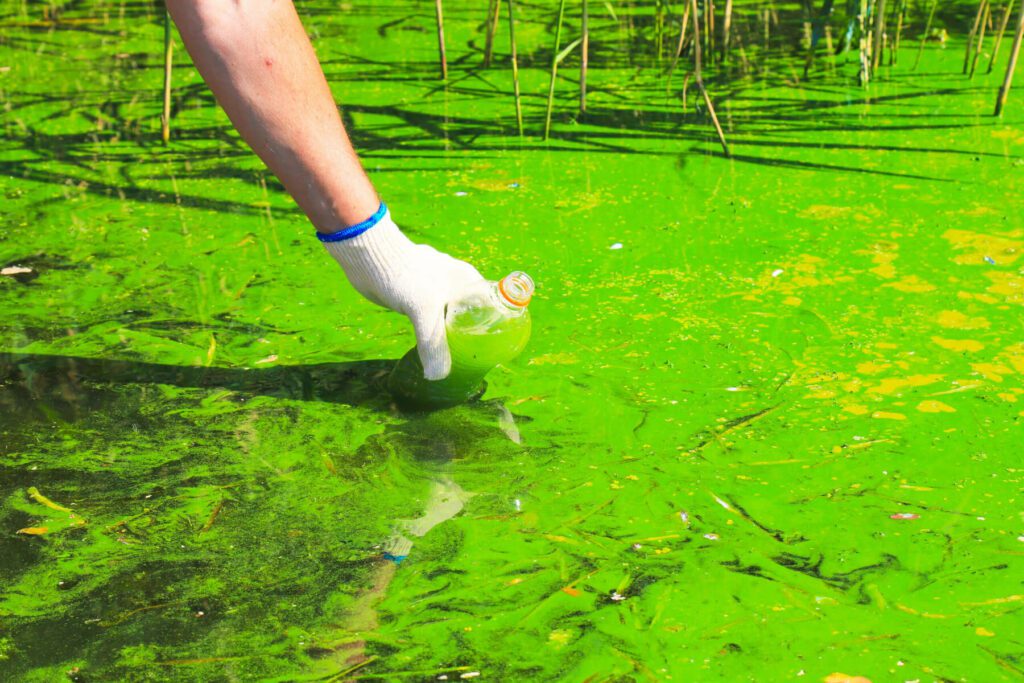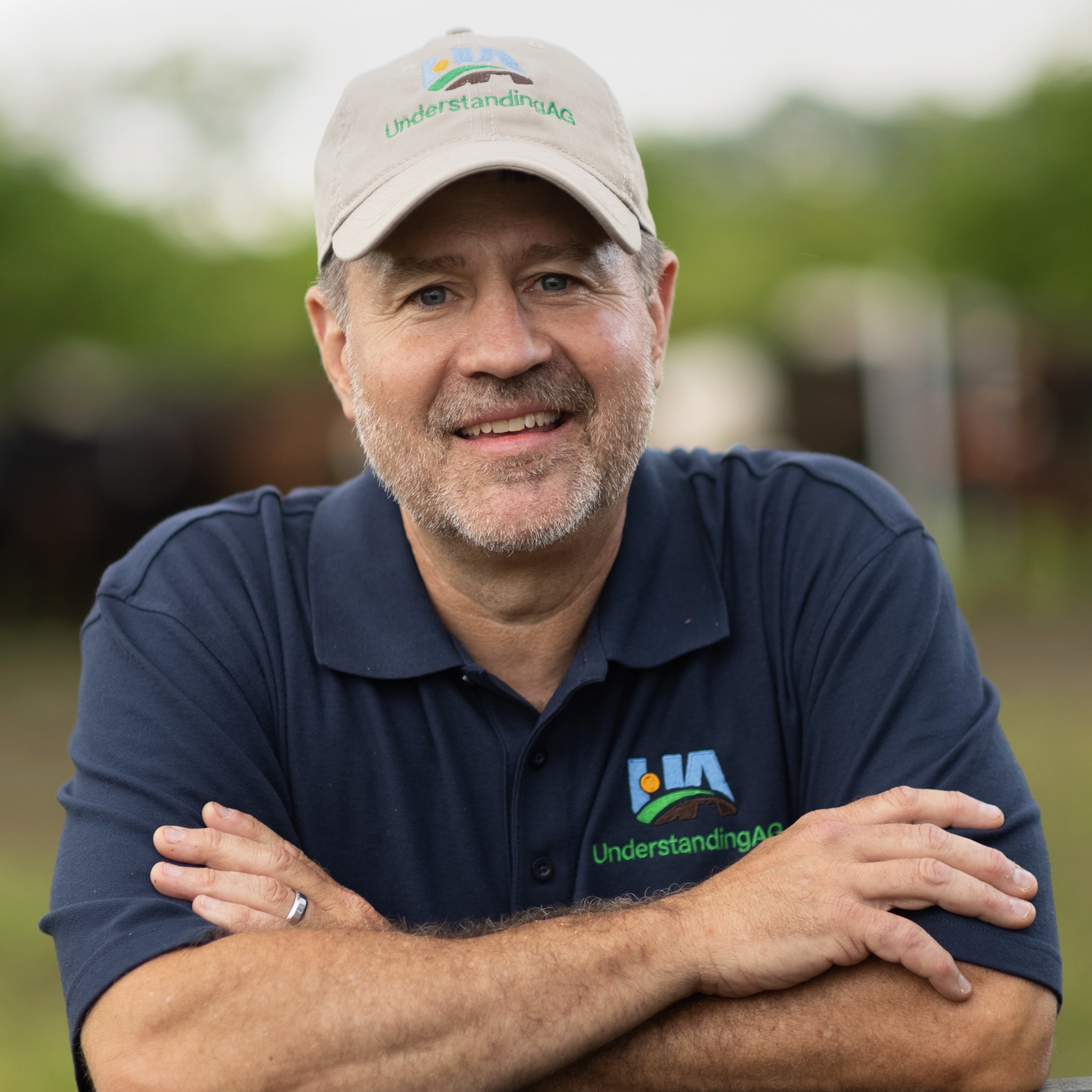A clean, reliable source of drinking water is not only something a society needs to survive, but also something farmers and ranchers bear great responsibility to maintain.
Agricultural producers have a greater impact on water quality than people in any other industry. Agriculture consumes and interacts with more total water than anyone else, both in total usage and via the water interacting with the land under our control. This includes the amount of water that runs off or infiltrates, and the amount of fertilizers, pesticides or sediments that are present. Our management has a direct impact on all these things. Agricultural producers may be a very small percentage of the population, but we control a very large area of watersheds around the globe.
My work in the drinking water industry, coupled with my time consulting with Understanding Ag, has shown me firsthand the challenges created by poor farming practices across the US. Just a few examples include nitrates in groundwater in Kansans and Nebraska, algal blooms in Lake Erie and sedimentation of lakes in Illinois. Each and every drop of water that falls on and then leaves our land will become someone’s drinking water sooner or later. And be aware that pending regulations lie on the horizon to correct these issues. This is a worldwide problem, not just an issue in the US.
 From the landowner’s perspective of drinking water, what one does on their own land is their business. But the fact is once it leaves their land it becomes the business of others, in the drinking water world and in the world of regulations.
From the landowner’s perspective of drinking water, what one does on their own land is their business. But the fact is once it leaves their land it becomes the business of others, in the drinking water world and in the world of regulations.
Many materials are contained in the water from soil runoff – sediments, pesticides, herbicides and nutrients from fertilizers, to name a few. None of these are a problem in a functioning soil ecosystem, yet all become issues that must be cleaned to make water safe for drinking when the ecosystem is not functioning properly.
Considering the large amount of water quality problems we face, it seems agricultural producers should be asking themselves these questions: Is my mindset short-sighted? What are the consequences of these things running off the land and into our drinking water? What about the health of our neighbors and their families downstream? What if we were or are that neighbor downstream?
The solution is actually pretty simple, but it requires diligence and thought. The principles of limited disturbance of the soil, keeping living roots in the soil, and keeping armor on the soil are key in not only protecting our drinking water, but keeping a functioning water cycle. Limited disturbance of the soil keeps our soils on our land and reduces erosion. A living root also holds soil in place but has the added benefit of tying up nutrients during the dormant season. Finally, armor on the soil holds nutrients and soil in place and protects it from wind and rainfall events.

Regenerative agriculture holds the solutions to any and all issues regarding clean drinking water. A correctly functioning soil ecosystem is the world’s largest natural filtration system and cleanser. Regulations and government involvement in our operations is not something I want to see in the future. The ball is in our court, let’s run with it!
This article first appeared in the 9th Edition of Green Cover's Soil Health Resource Guide.
Also check out the 10th edition, our latest Soil Health Resource Guide, over 90 pages packed with scientific articles and fascinating stories from soil health experts, researchers, farmers, innovators, and more! All as our complimentary gift to you, a fellow soil health enthusiast!
